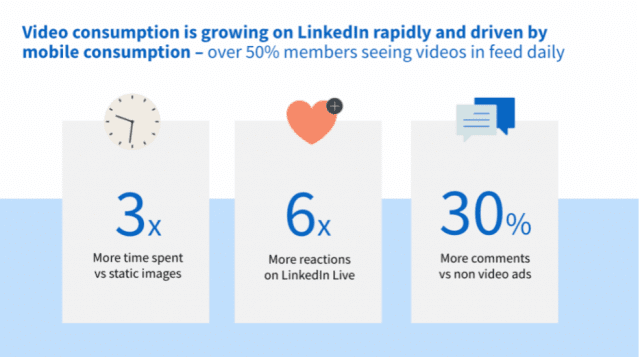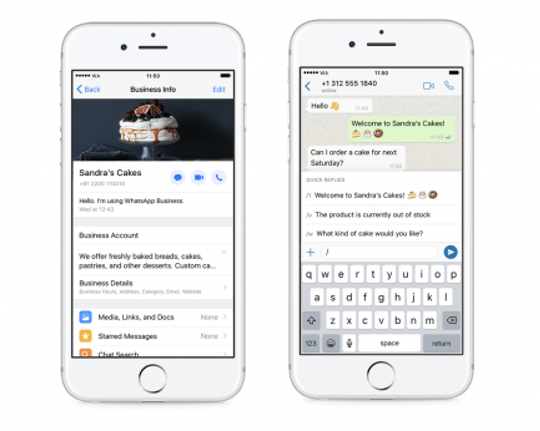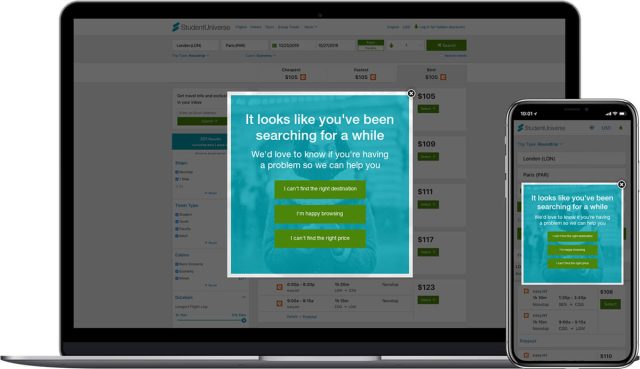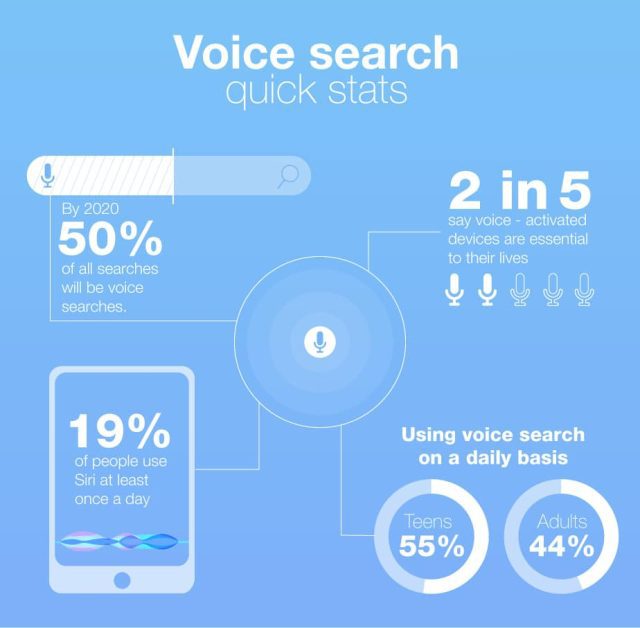A study from Google known as “Zero Moment of Truth” (ZMOT) emphasized how critical it is to have many contact points with a potential customer across multiple channels and locations. ZMOT is the research that a customer does before making a decision.
Google came up with a 7/11/4 formula for business success. The crux of the research shows that modern-day customers need to consume 7 hours of content over 11 touchpoints and 4 locations before they decide whether to purchase.
Before going into a state of panic about how you can create 7 hours of content, it’s nowhere near as daunting as it sounds. It doesn’t mean throwing a copy of War and Peace at them to read. There are many digital and offline channels available that consumers have access to, and the key to success is making the most of the opportunity.
This article looks at seven types of content small businesses should focus on right now to generate engagement amongst their target audience.
-
Video Content
Consumers love video. On social media, it is the number one favorite type of branded content.

Source: https://www.x-cart.com/blog/video/marketing-statistics.html
In 2020, TikTok dominated the social media landscape after a record-setting first quarter that saw 315 million installs, the largest ever for an app within a single quarter. The content on the platform is relatable and easy to consume, which made it the perfect supplement for lockdown viewing. Video is more engaging than any other type of content. According to statistics from LinkedIn, users spend three times longer watching videos than viewing static images.

Source: https://www.theb2bhouse.com/linkedin-video-ads/
-
Live Content
The live streaming industry is set to reach $70 billion in 2021. As many as 80% of live stream viewers will watch a stream from a brand rather than read a blog. For small businesses, there are lots of consumer-friendly solutions for live streaming, meaning there isn’t a steep learning curve. The hardware is readily available with the ability to do most things with your smartphone, and almost every social network offers a live stream service.
Live content fosters communication and interaction with your audience. You can respond to questions and offer advice in a personal and relatable context. Customers get to see the face behind the business, which is essential to lots of audiences. You can read Neil Patel’s guide on the importance of live streaming here.
-
Visuals and Infographics
According to Xerox, over 65% of brands use infographics in content marketing, which is expected to rise in 2021. Infographics help tell a story effectively by condensing the details of information into visual facts that people can easily relate to and identify. For small businesses, free to use sites such as Canva make infographic design accessible, even for the least technical of users.
The graphic below shows how people are better at consuming the information in an infographic than other media types.

Source: https://www.easel.ly/blog/text-vs-images-which-content-format-effective/
-
Audio Content
80 million Americans listen to podcasts weekly in 2021, which is a larger number than Netflix account holders (69 million). While video is still the preferred channel, the statistics suggest a potential shift due to the convenience of audio. You can listen while doing other tasks such as cooking, taking a shower, or exercising, which isn’t always possible with video content. Furthermore, an episode of a branded podcast hosted by Acast has an average listening time of 28 minutes. What other media channel can claim to have such an engagement?

Source: https://www.oberlo.com/blog/podcast-statistics
Podcasts are not just for celebrities and bi brands. One example is from Zendium, a natural enzyme toothpaste that boosts oral hygiene (sounds exciting right?). The 2 Minutes of Zen podcast gives you simple hacks you can do while brushing your teeth for a healthy mind and body. The idea turns a dull product into something creative and useful to the consumer.
-
Messengers and Chatbots
Social media messenger applications are a great way to interact and serve customers. For example, you can let clients send information and images via a messaging app to start an interaction if you want to do consultations. Customers prefer messengers and chatbots over traditional calls or emails, which can take a lot longer. Channels like Facebook Messenger and WhatsApp don’t cost anything and are quick to set up.

Source: https://blog.hootsuite.com/facebook-page-apps/
-
Personalized Content
Personalizing your content helps to reach specific audiences with relatable and targeted messages. For example, if you segment your customers by their previous transactions and then email them with products that are linked to those, you are more likely to drive engagement and conversion. Furthermore, 80% of consumers are more likely to purchase from a brand that provides personalized experiences.
Personalization is not only about putting someone’s name in an email. In a Yieldify case study, they improved the conversion rate by 16.76% for StudentUniverse by adding a personalized pop-up to the website based on how the user was browsing.

Source: https://www.yieldify.com/free-guides/personalization-technology/
Small changes like this enhance the user experience and help small businesses to understand their customers.
-
Optimizing for Voice Search
Consumers love searching using voice. As the smart speaker market continues to boom and the technology evolves, voice search is changing digital marketing.

Source: https://www.bluecorona.com/blog/voice-search-digital-marketing-strategies/
When it comes to content, traditional keyword tactics will no longer suffice. Google search crawlers are looking for high-quality content that matches the intent of the voice search. You can read more about intent in this Google RankBrain article.
Optimized voice content should:
- Include natural conversational language
- Use long-tailed questions instead of single keywords and short statements
- Contain high-quality, authoritative information
We won’t go into detail about each of these but keep in mind how the way people speak and type varies and optimize the content on that basis.
Summary
When you consider all the different types of available content, filling up seven hours doesn’t seem as difficult. After you’ve created a couple of videos, designed an infographic or two, written some blog posts and started your live streaming career, you are well on your way to success.
It is crucial to get everything into a formalized content plan. Videos, audio, and visuals can all be successful, but that doesn’t mean you should throw them haphazardly at audiences. Any approach you implement should be made after researching and understanding what your audience is looking for.
Remember, although these content types work today, the digital ecosystem is constantly evolving. Content needs continual optimization to keep up with trends in the market and behavior. Marketing expert Michael Brenner puts it nicely by saying:
“The buyer journey is nothing more than a series of questions that must be answered.”
If your content is answering all those questions, you are doing something right.
I felt pretty good starting this blog as I have tons of video and audio content, and thanks to the UBC, I have a bunch of printed content as well. Then, I got to infographics and chat bots! It still feels less daunting knowing I have a good amount of content (definitely more than 7 hours worth!) Now, I just have to spread it out a bit more. Thanks for this!!
You are welcome Kimberly and also thank you for leaving a comment. Stay awesome!
Wow, Paul! The way you broke down the 7/11/4 formula makes it so much easier for new entrepreneurs to envision their success. I was intrigued by the way one can personalize content, other than putting the receiver’s name in the email. Thank you.
Glad to know that my article was helpful to you. Thank you for your comment!